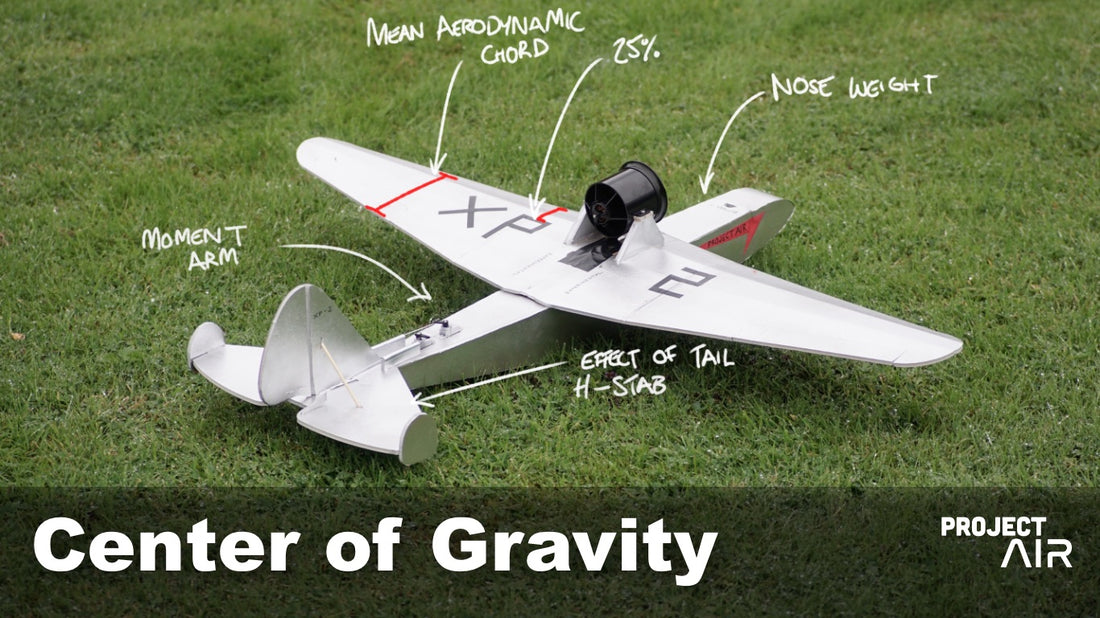As of the most flight critical aspects of RC planes, you’ve just got to get the CG right.
In the RC hobby, understanding the center of gravity (CG) is simpler than in full-scale aviation, but the principles and theories are the same. Knowing these theories can help you balance your models more effectively. Let's go over some of this information to improve your understanding.
The Center of Lift
The basic principle of the center of gravity (CG) is that it should align with the aircraft's center of lift, which represents the average location of lift on the aircraft. This point is also known as the 'aerodynamic center.'
25%
Understanding Moments and Neutral Points
Okay this is where things get a bit more complicated...
The key question is: what sets the range of the stability margin (S.M) and how can it be expanded? The main factor is the size of the horizontal tail. A larger horizontal stabilizer allows for a wider safe range of forward and aft CG. Additionally, extending the horizontal tail moment arm (Lh) can also help increase the range.
Here’s a helpful formula for calculating what the volume of your tail should be.
Vh = Sh x Lh / Sw x c
Vh is tail volume coefficient
Sh is horizontal stabilizer area
Lh is length 1/4 wing MAC to 1/4 horizontal MAC
Sw is wing area
c is wing MAC length
This demonstrates how important the size of the tail is in stabilizing an aircraft’s flight.
The key points
CG is fairly simple but absolutely critical to a successful flight. It’s essential to get right or else your plane will not fly.
Hopefully, some of this more in-depth information on the subject of the CG will set you up for success with your next RC flights. If in doubt, use that 25% rule and go from there - a nose heavy plane is better than a tail heavy plane!





